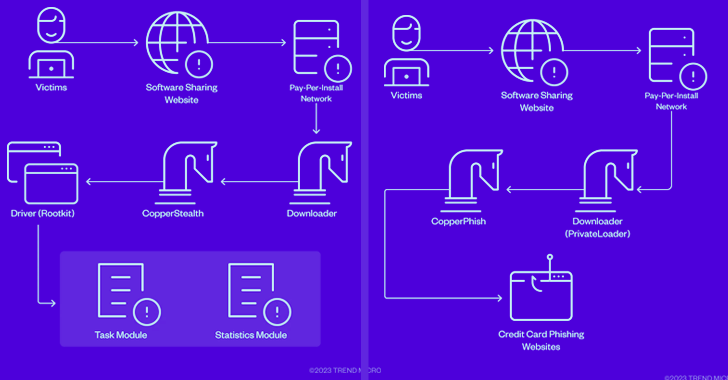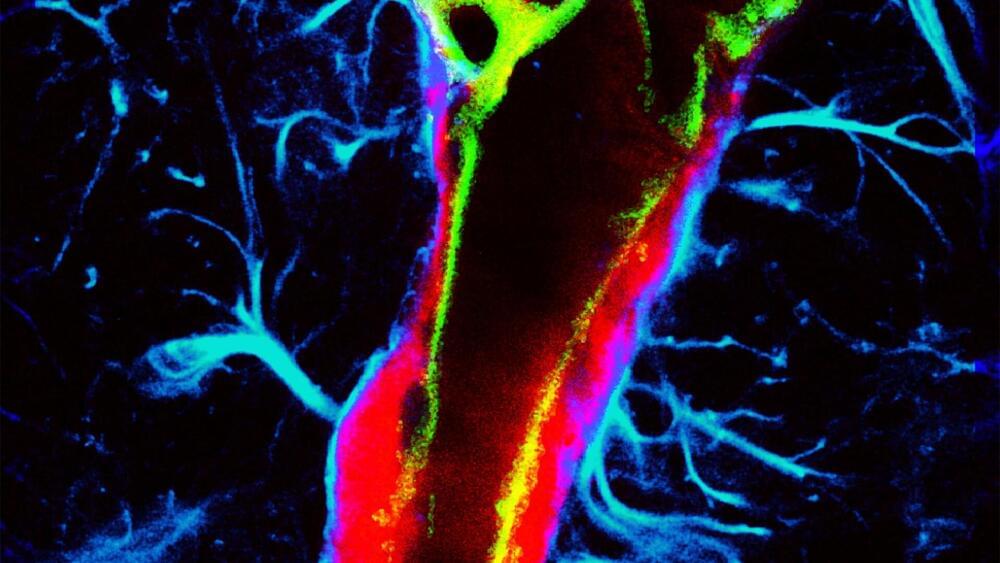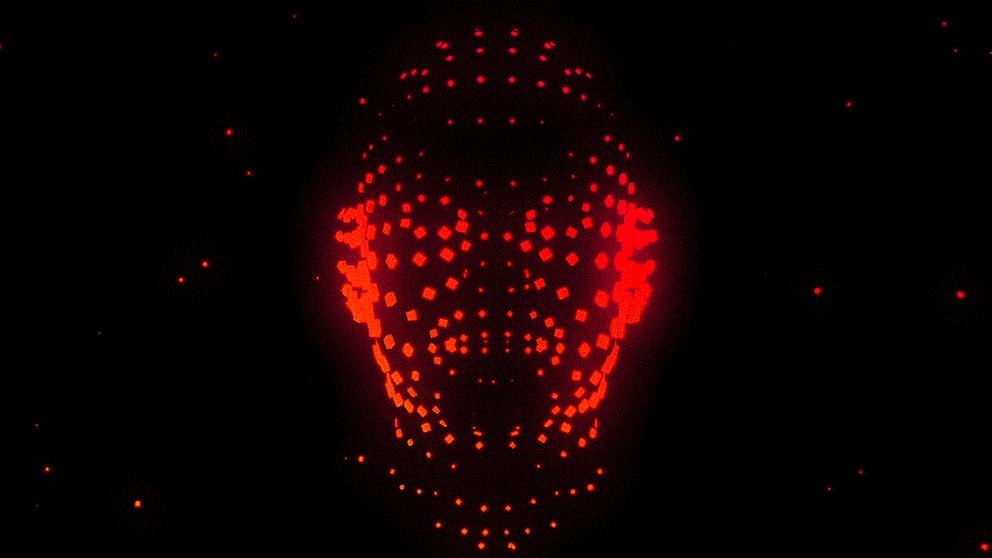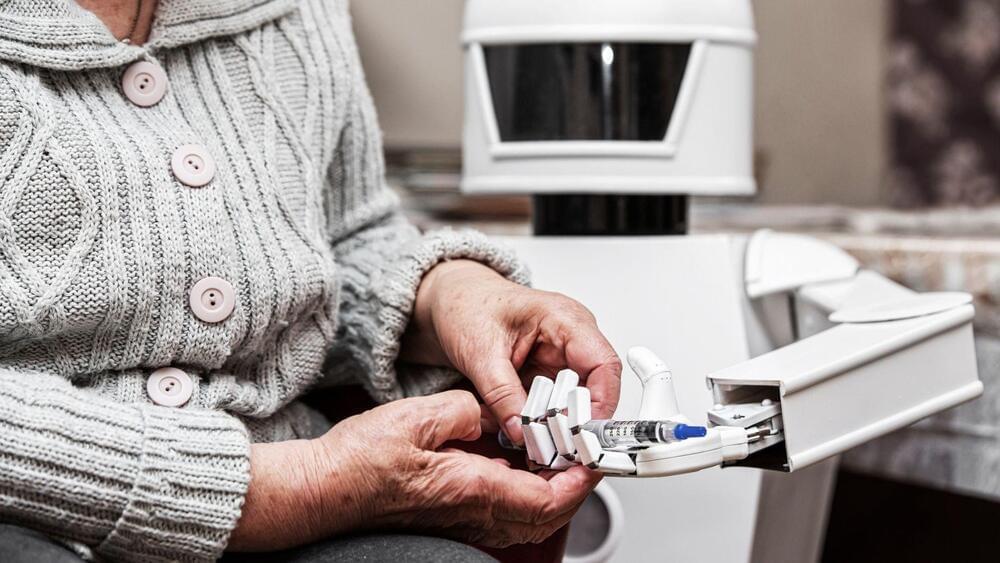Water Orthrus group returns, leveraging pay-per-install networks to deploy the new CopperStealth & CopperPhish malware.



Like the lymphatic system in the body, the glymphatic system in the brain clears metabolic waste and distributes nutrients and other important compounds. Impairments in this system may contribute to brain diseases, such as neurodegenerative diseases and stroke.
A team of researchers in the McKelvey School of Engineering at Washington University in St. Louis has found a non-invasive and non-pharmaceutical method to influence glymphatic transport using focused ultrasound, opening the opportunity to use the method to further study brain diseases and brain function. Results of the work are published in the Proceedings of the National Academy of Sciences on May 15.
Hong Chen, associate professor of biomedical engineering in McKelvey Engineering and of neurological surgery in the School of Medicine, and her team, including Dezhuang (Summer) Ye, a postdoctoral research associate, and Si (Stacie) Chen, a former postdoctoral research associate, found the first direct evidence that focused ultrasound, combined with circulating microbubbles—a technique they call FUSMB—could mechanically enhance glymphatic transport in the mouse brain.



Scammers are now cloning people’s voices and using it to scam people.
So just hearing them over the phone may not be enough to their identity.
Former FBI special agent Tracy Walder joined “NewsNation Prime” to discuss how to protect yourself from AI phone scams after an Arizona mother received a fake ransom call that used a simulation of her daughter’s voice.
“NewsNation Prime” is America’s source for unbiased news offering a full range of perspectives from across the U.S. Weekends starting at 7p/6C. #Prime.
NewsNation is your source for fact-based, unbiased news for all America.
Amazon researchers draw inspiration from finite-volume methods and adapt neural operators to enforce conservation laws and boundary conditions in deep-learning models of physical systems.

Lions mane the mushroom can actually stop alzheimers and dementia by boosting nerve growth 😗😁
Researchers from The University of Queensland have discovered the active compound from an edible mushroom that boosts nerve growth and enhances memory.
Professor Frederic Meunier from the Queensland Brain Institute said the team had identified new active compounds from the mushroom, Hericium erinaceus.
“Extracts from these so-called ‘lion’s mane’ mushrooms have been used in traditional medicine in Asian countries for centuries, but we wanted to scientifically determine their potential effect on brain cells,” Professor Meunier said.

This article gives a clear and chilling assessment of the impact of the Ukraine conflict on the future of collaborative space exploration; in doing so it highlights how humankind’s habitual tendency towards wars severally slow, if not completely halt, our urgent reach for the stars. As that old warrior Churchill once said„ ‘Jaw, jaw is always better than War, war!’
Russia’s invasion of Ukraine in February 2022 has resulted in hundreds of thousands of deaths, millions homeless and displaced and billions of dollars of damage in infrastructure. The conflict has also had less immediate but significant impacts on other areas, including on the space industries of Ukraine and Russia, but also globally in terms of the launch market, spaceflight activity and international cooperation.
In the wake of the start of the conflict on Feb. 24, 2022, and resulting international backlash against Russia, the then-head of the Russian space agency Dmitry Rogozin threatened to end its cooperation with the West on the International Space Station (ISS) program over sanctions imposed on Russia. He also issued a threat to SpaceX founder and CEO Elon Musk for the company’s role in providing connectivity through its Starlink satellites.

Harnessing the power of Artificial Intelligence to help patients keep track of their medicines, glasses, and even their keys.
It is estimated that the number of people with dementia will significantly increase in the coming years, with some estimates projecting numbers to double in the United States by 2050.
One of the ramifications of dementia, amongst many, is the loss of memories, especially episodic memories. These are of a long-term nature and allow us to recall instances ranging from “How was my first day at school” to sensory information such as “What did I see” and “How did it smell.”